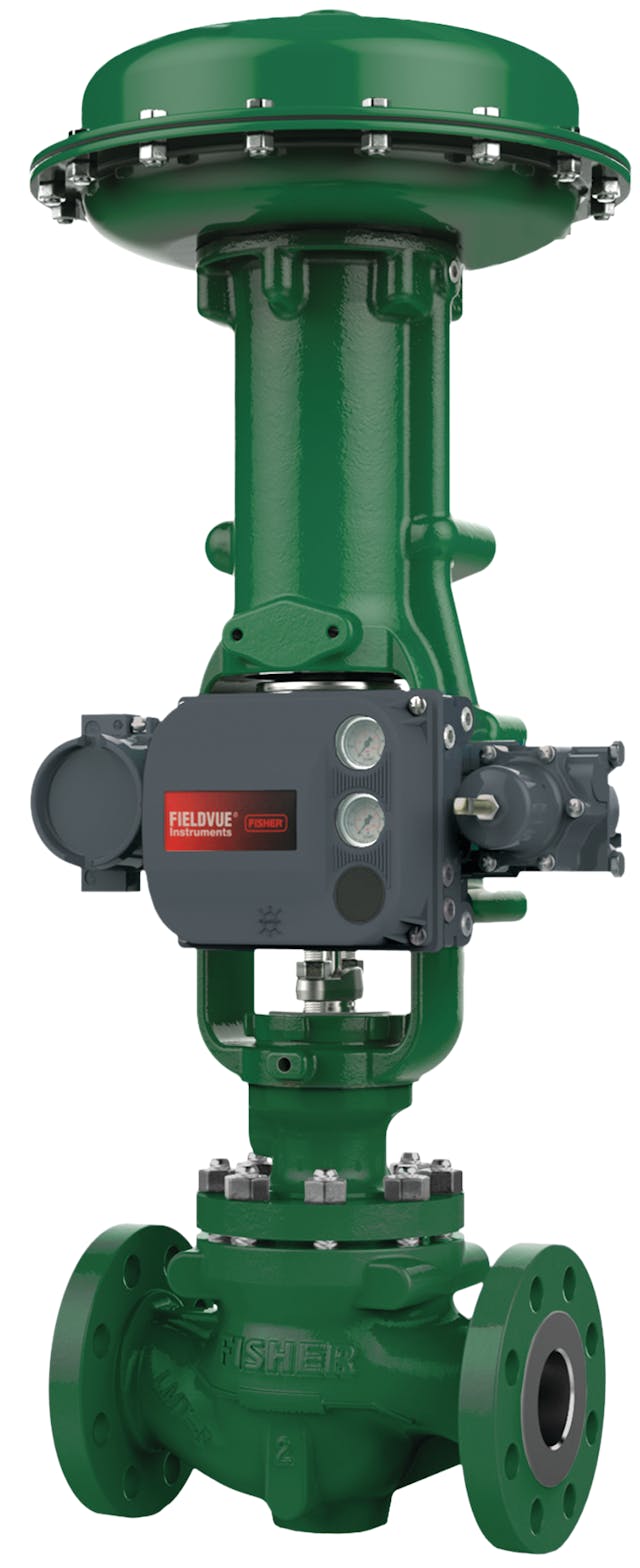How Control Valves Impact Energy Efficiency in Industrial Settings
How Control Valves Impact Energy Efficiency in Industrial Settings
Blog Article

Maximize Power Cost Savings and Comfort With Advanced Structure Automation Controls
In the world of modern-day style and facility management, the assimilation of advanced structure automation regulates stands as a crucial improvement. By harnessing the power of automation, structures can adapt, respond, and evolve in ways that were as soon as inconceivable.
Energy Efficiency Perks
Power efficiency benefits can dramatically decrease power consumption and operational expenses in buildings. By applying energy-efficient practices and modern technologies, structure proprietors and operators can accomplish substantial savings while additionally contributing to ecological sustainability. Among the main advantages of boosting energy effectiveness in buildings is the reduction of utility costs. Energy-efficient systems, such as sophisticated building automation controls, can enhance using resources like cooling, lights, and heating, bring about lower energy expenses in time.
Furthermore, improved power efficiency can extend the lifespan of building devices and systems. By operating more efficiently, cooling and heating systems, light, and other building parts experience much less damage, causing decreased upkeep and replacement costs. Additionally, energy-efficient structures typically command higher building values and rental prices, giving lasting economic benefits to proprietors.
Furthermore, energy effectiveness can boost passenger comfort and efficiency. Properly regulated indoor atmospheres with optimal lights and thermal problems produce a more favorable and enjoyable office, resulting in improved employee fulfillment and performance. In general, the energy efficiency benefits connected with advanced building automation controls are multifaceted, incorporating cost financial savings, environmental stewardship, and occupant well-being.
Enhanced Comfort Control
Enhancing comfort control in building environments needs an innovative assimilation of sophisticated automation systems for optimum passenger wellness. By using advanced building automation controls, facilities can tailor the indoor environment to fulfill the details needs and choices of residents. control valves.
By incorporating these innovative controls, structures can not just enhance convenience but also improve power effectiveness by maximizing system operations based on real occupancy and usage patterns. Ultimately, prioritizing passenger comfort with innovative automation systems leads to an extra delightful and much healthier indoor atmosphere.
Operational Efficiency Improvements

Furthermore, the implementation of real-time monitoring and analytics tools makes it possible for structure operators to identify energy inadequacies and functional abnormalities quickly. By continually keeping track of power usage patterns and system performance metrics, changes can be made in real-time to enhance energy consumption and make sure peak functional performance. control valves. Additionally, including demand reaction approaches into building automation controls can additionally enhance functional efficiency by dynamically readjusting power use based on grid problems and pricing signals
Indoor Environment Optimization
Reliable indoor climate optimization is a fundamental aspect of building automation controls, making certain owners' comfort and well-being while taking full advantage of energy financial savings. By using innovative sensors and controls, building automation systems can continuously change and keep track of temperature, humidity degrees, air top quality, and air i loved this flow to develop an optimal interior environment. Maintaining comfy and constant conditions not only enhances resident fulfillment but additionally improves performance and total health.
Interior climate optimization additionally plays a vital function in energy efficiency. By fine-tuning air conditioning, heating, and air flow systems based upon real-time data and occupancy patterns, developing automation controls can considerably lower energy intake - control valves. For example, executing methods such as demand-controlled air flow and thermal zoning can help reduce energy waste while ensuring that each location of the building receives the required conditioning.

Sustainable Setting Creation
Structure automation manages not only maximize indoor environment problems for power performance and occupant convenience but additionally lay the foundation for producing a sustainable setting via calculated management of resources and systems. By integrating sophisticated building automation technologies, such as sensing units, actuators, and smart software program, centers can keep an eye on and readjust energy use in real-time to decrease waste and lower their carbon impact. These systems enable predictive maintenance, identifying prospective issues prior to they rise and maximizing tools efficiency to boost long life and efficiency.
Moreover, lasting environment production expands beyond power administration to incorporate water preservation, waste reduction, and interior air top quality enhancement. Structure automation controls can regulate water usage, identify leakages, and ensure correct waste disposal techniques, adding to overall sustainability efforts. Additionally, by monitoring and managing ventilation and filtering systems, these modern technologies improve owner health and wellness and productivity while decreasing power usage related to a/c procedures.
Verdict
To conclude, advanced structure automation regulates offer considerable benefits in terms of power cost savings, comfort control, operational effectiveness, interior environment optimization, and producing a lasting setting. By implementing these controls, buildings can accomplish optimal performance while lowering energy intake and improving resident convenience. It read this post here is apparent that using innovative automation innovation is crucial in enhancing building performance and developing an extra lasting future.
Energy efficiency advantages can substantially lower energy consumption and functional costs in structures. Overall, the energy performance benefits connected with sophisticated structure automation controls are diverse, including expense financial savings, ecological stewardship, and owner well-being.
Furthermore, including demand reaction pop over here methods into structure automation controls can better enhance operational efficiency by dynamically adjusting energy use based on grid conditions and pricing signals.
Structure automation regulates not only optimize indoor environment conditions for power effectiveness and passenger comfort but also lay the structure for creating a lasting setting via calculated administration of resources and systems.In conclusion, advanced structure automation controls offer significant benefits in terms of energy financial savings, comfort control, functional efficiency, interior climate optimization, and producing a sustainable atmosphere.
Report this page